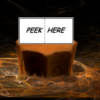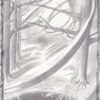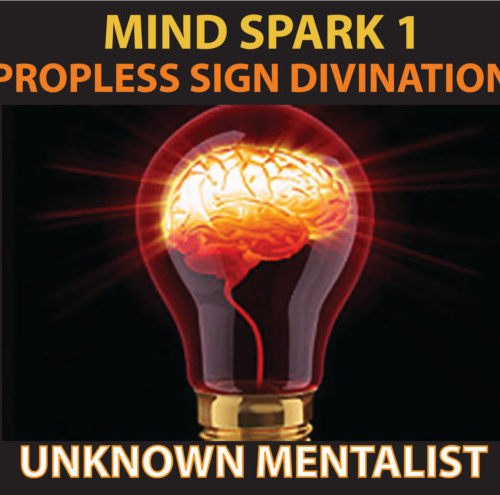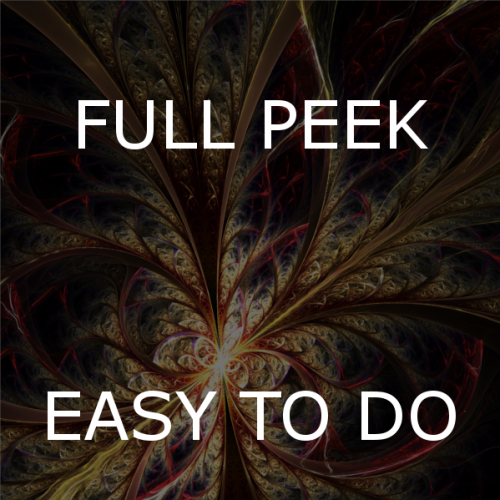The Book of Odyssey
$67.00
Magic, Mentalism, and Mysticism Volume 4
Contains:
– 3.5 Routines
– 3 Billet Peeks
– Ploys and Additional Ideas
– How to make a swami
– 2 Update PDFs with expansions on one of the ploys
Description
Welcome to the fourth volume of Magic, Mentalism, and Mysticism.
The routines, ploys, and techniques contained are primarily intended for the psychic entertainer and the performing mentalist. Those who wish to demonstrate genuine ability in the transfer of thoughts and emotions will surely benefit from the material presented.
The Aspen Glade: A demonstration of psychic thought-transfer, in which you read two minds. One participant thinks of a word and a number. You are able to discern details of the word, the number, and the significance of each. You then turn to a different participant (they have not been prompted, or told to write anything), and reveal personal details about them, such as, but not limited to: their birthday, their name, their city of birth, or their occupation. This plays great around a campfire. And a third phase is included.
Gilly’s Revenge: A three-phase routine, in which a participant shuffles a deck of cards (this is the only card effect in the book), and they are given a portion of the deck. They look at the top card of the stack, and if it’s a red card, they are to think of sitting beside the fireplace with someone special to them, and if it’s a black card, they are to imagine sitting outside at night, talking with their special person. You are able to tell them what color the card is, what this person’s relation to them is, and what the person’s name is. The cards are not marked in any way, and you can perform it blindfolded.
Grasp of Time: You enter a trance-like state, and draw a scene while blindfolded. You exit the trance, fold the paper into an origami swan, and place it in a box. A participant is asked to think of a phase of their life, and to think of a word which pertains to it. The word is written down, and placed in the box with your slip of paper (or set in front of them). You then take them on a mental journey back to the memory, allowing them to experience it in their imagination. You can discern a few details of the memory. Then, they are asked to check the time in their memory. When you open the box at the end, the participant unfolds the paper swan, and within your drawing, there is a clock face, reading whatever time they imagined in their memory.






